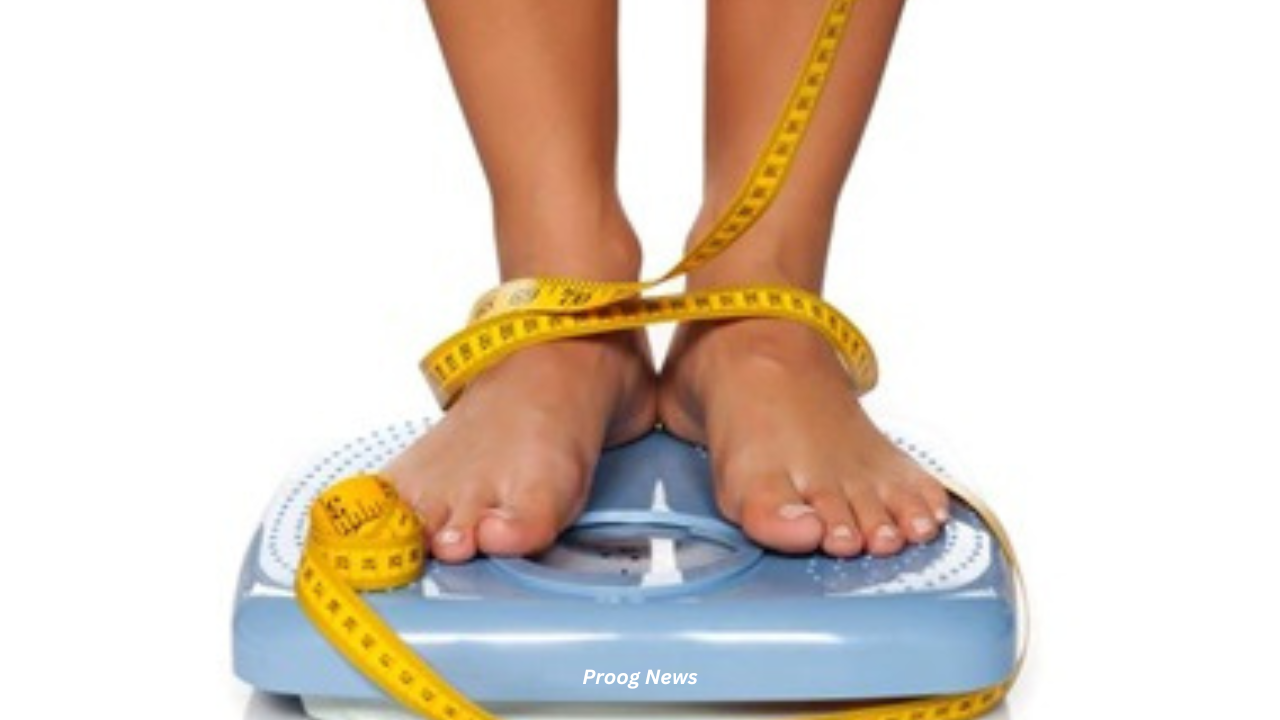A trim middle doesn’t just make you look good; it can also help you live longer. People with bigger waists are more likely to get heart disease, diabetes, and even cancer. Getting rid of extra weight, especially belly fat, also makes blood vessels work better and sleep better.
It is not possible to lose belly fat only when you diet. Kerry Stewart, Ed.D., director of Clinical and Research Physiology at Johns Hopkins, says that losing weight will help your waistline but it will also help reduce the dangerous layer of visceral fat that you can’t see but that raises health risks inside your abdomen.
Here’s how to whittle down where it matters most.
Try curbing carbs instead of fats.
For six months, researchers at Johns Hopkins looked at the effects on the heart of losing weight on a low-carbohydrate diet versus a low-fat diet. Both had the same number of calories, but people on the low-carb diet lost an average of 10 pounds more than people on the low-fat diet (28.9 pounds versus 18.7 pounds). Stewart says that one more benefit of the low-carb diet is that it helped people lose weight more effectively. It is true that when you lose weight, you lose fat, but you also often lose lean tissue, which is muscle. Each diet caused people to lose about 2 to 3 pounds of healthy lean muscle along with the fat. However, the low-carb diet caused a much higher percentage of fat loss.
Think eating plan, not diet.
Stewart says the most important thing is to choose a healthy eating plan that you can follow. The good thing about a low-carb approach is that you don’t have to count calories. All you have to do is learn how to make better food choices. With a low-carb diet, you eat fewer problem foods, like bread, bagels, and sodas, which are high in carbs and sugar and not very high in fiber. Instead, you eat more vegetables, beans, and healthy meats, which are high in fiber or protein.
Keep moving.
Being active can help you lose belly fat. Stewart says, “One of the best things about working out is that it changes your body composition in a big way.” He says that exercise seems to get rid of belly fat because it lowers insulin levels in the blood, which would otherwise tell the body to store fat, and makes the liver use up fatty acids, especially those that are close to visceral fat deposits.
How much you need to work out to lose weight depends on what you want to achieve. In practice, this means that most people should work out for 30 to 60 minutes, most days.
Lift weights.
Adding even light strength training to aerobic exercise can help you gain lean muscle mass. This makes you burn more calories all day, even when you’re not working out.
Become a label reader.
Sort brands by difference. There are yogurts that say they are low in fat, but Stewart says they actually have more carbs and added sugars than other yogurts. A lot of foods, like gravy, mayonnaise, sauces, and salad dressings, are high in fat and calories.
Move away from processed foods.
Many packaged foods and snacks have a lot of trans fats, added sugar, and salt or sodium. These are all things that make it hard to lose weight.
Focus on the way your clothes fit more than reading a scale.
Your pants will get looser as you gain muscle and lose fat. The number on the bathroom scale might not change much. That’s a better sign of progress. Your waist should be less than 35 inches around if you’re a woman and less than 40 inches around if you’re a man. This will lower your risk of heart disease and diabetes.
Hang out with health-focused friends.
It’s more likely that you’ll eat better and work out more if your family and friends are also doing these things.
Definitions
- Insulin is a hormone that your pancreas makes. Insulin aids in the body’s ability to store glucose (sugar). If you have diabetes and your pancreas isn’t making enough of this hormone, your doctor may give you medicine to help your liver make more or to make your muscles more sensitive to the insulin that is already there. You might be given insulin shots if these medicines aren’t enough.
- Blood vessels are made up of arteries, capillaries, and veins, which are flexible tubes that carry blood around the body. An artery brings oxygen and nutrients to tiny capillaries with thin walls. These capillaries then feed the nutrients and oxygen to cells and remove waste, such as carbon dioxide. Capillaries carry waste to veins, which bring the blood back to the heart and lungs. When you breathe out, carbon dioxide leaves your body through your breath.
- Arteries are the blood vessels that carry oxygenated blood away from your heart and to all of your body’s tissues. Arteries look like long, thin tubes or hoses. There is a tough layer on the outside, a layer of muscle in the middle, and a smooth wall on the inside that lets blood flow easily. To help the blood move, the muscle layer gets bigger and smaller.






